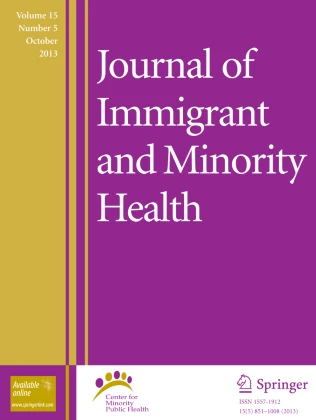A Randomized Controlled Trial of Students for Nutrition and Exercise: A Community-Based Participatory Research Study
PURPOSE: To conduct a randomized controlled trial of Students for Nutrition and eXercise, a 5-week middle school-based obesity-prevention intervention combining school-wide environmental changes, multimedia, encouragement to eat healthy school cafeteria foods, and peer-led education. METHODS: We randomly selected schools (five intervention, five waitlist control) from the Los Angeles Unified School District. School records were obtained for number of fruits and vegetables served, students served lunch, and snacks sold per attending student, representing an average of 1,515 students (SD = 323) per intervention school and 1,524 students (SD = 266) per control school. A total of 2,997 seventh-graders (75% of seventh-graders across schools) completed pre- and postintervention surveys assessing psychosocial variables. Consistent with community-based participatory research principles, the school district was an equal partner, and a community advisory board provided critical input. RESULTS: Relative to control schools, intervention schools showed significant increases in the proportion of students served fruit and lunch and a significant decrease in the proportion of students buying snacks at school. Specifically, the intervention was associated with relative increases of 15.3% more fruits served (p = .006), 10.4% more lunches served (p < .001), and 11.9% fewer snacks sold (p < .001) than would have been expected in its absence. Pre-to-post intervention, intervention school students reported more positive attitudes about cafeteria food (p = .02) and tap water (p = .03), greater obesity-prevention knowledge (p = .006), increased intentions to drink water from the tap (p = .04) or a refillable bottle (p = .02), and greater tap water consumption (p = .04) compared with control school students. CONCLUSIONS: Multilevel school-based interventions may promote healthy adolescent dietary behaviors.
智库成果
